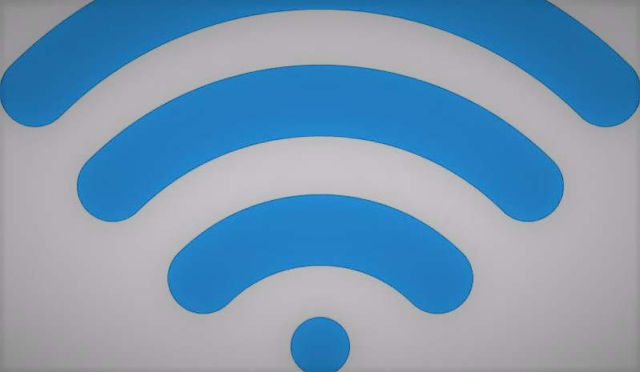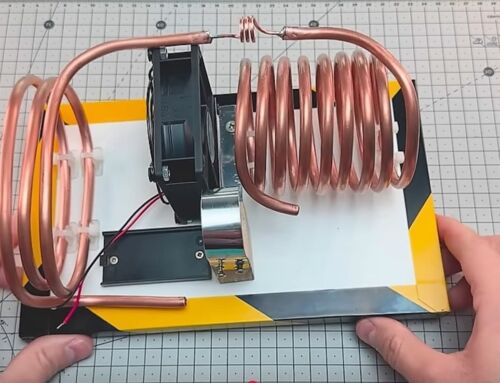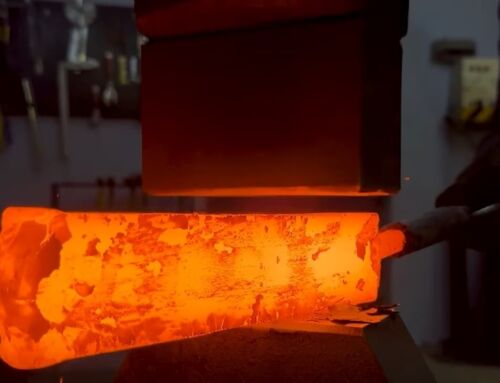Scientists invent a two-dimensional flexible device that converts Wi-Fi signals into electricity.
Researchers from MIT and elsewhere have created the first fully flexible, battery-free “rectenna,” a device that converts energy from Wi-Fi signals into electricity.
The antenna could be used to power flexible and wearable electronics, medical devices, and sensors for the “internet of things.”
Devices that convert AC electromagnetic waves into DC electricity are known as “rectennas.”
The researchers demonstrate a new kind of rectenna, described in a study appearing in Nature today, that uses a flexible radio-frequency (RF) antenna that captures electromagnetic waves — including those carrying Wi-Fi — as AC waveforms.
The antenna is then connected to a novel device made out of a two-dimensional semiconductor just a few atoms thick. The AC signal travels into the semiconductor, which converts it into a DC voltage that could be used to power electronic circuits or recharge batteries.
Paper co-author Tomás Palacios, a professor in the Department of Electrical Engineering and Computer Science and director of the MIT/MTL Center for Graphene Devices and 2D Systems in the Microsystems Technology Laboratories, explains:
“What if we could develop electronic systems that we wrap around a bridge or cover an entire highway, or the walls of our office and bring electronic intelligence to everything around us? How do you provide energy for those electronics? We have come up with a new way to power the electronics systems of the future — by harvesting Wi-Fi energy in a way that’s easily integrated in large areas — to bring intelligence to every object around us.”
source MIT






Leave A Comment